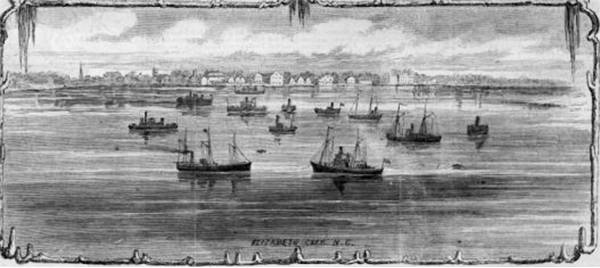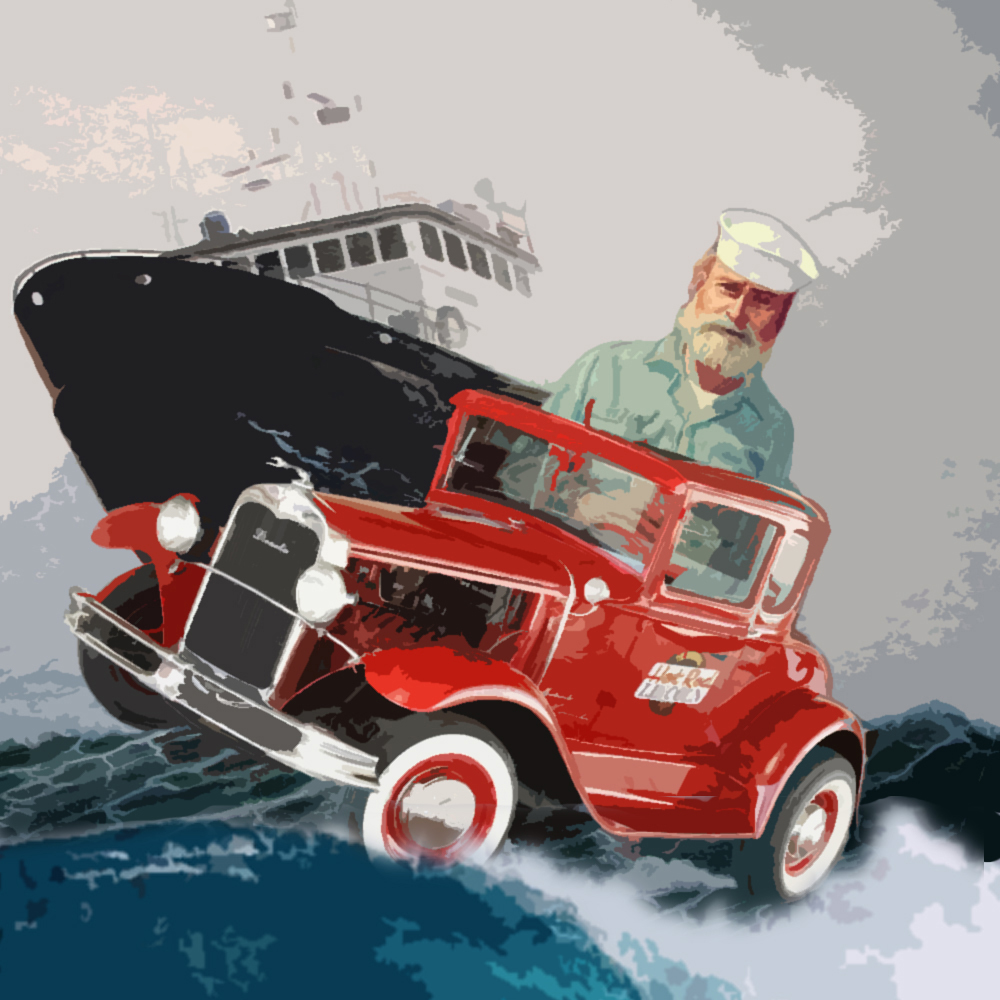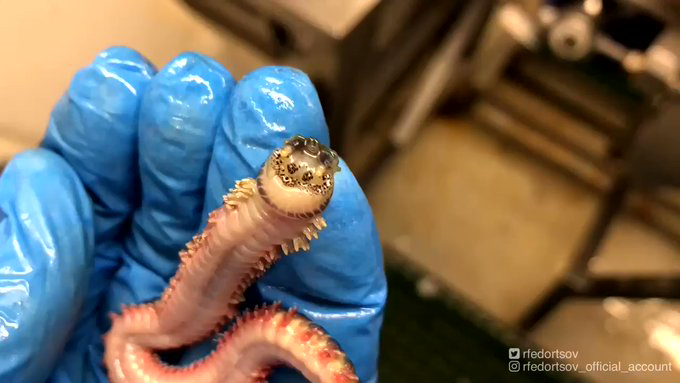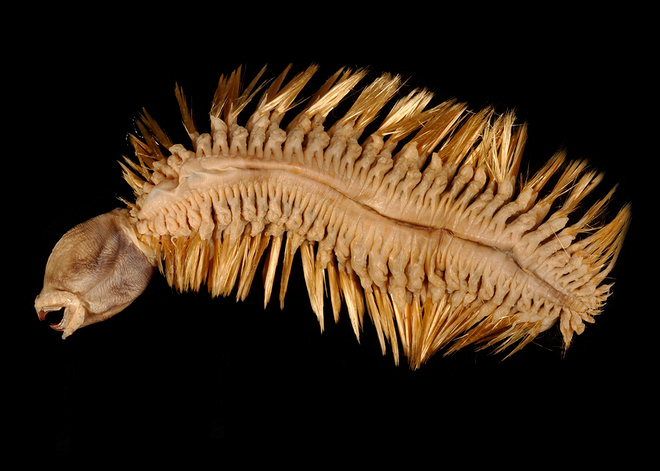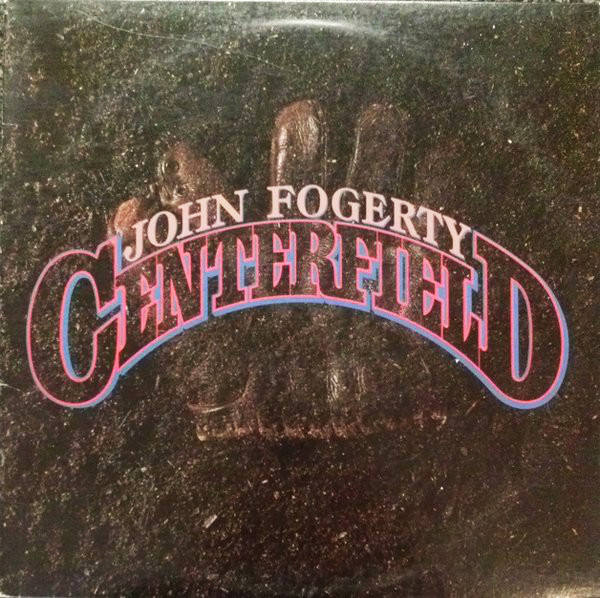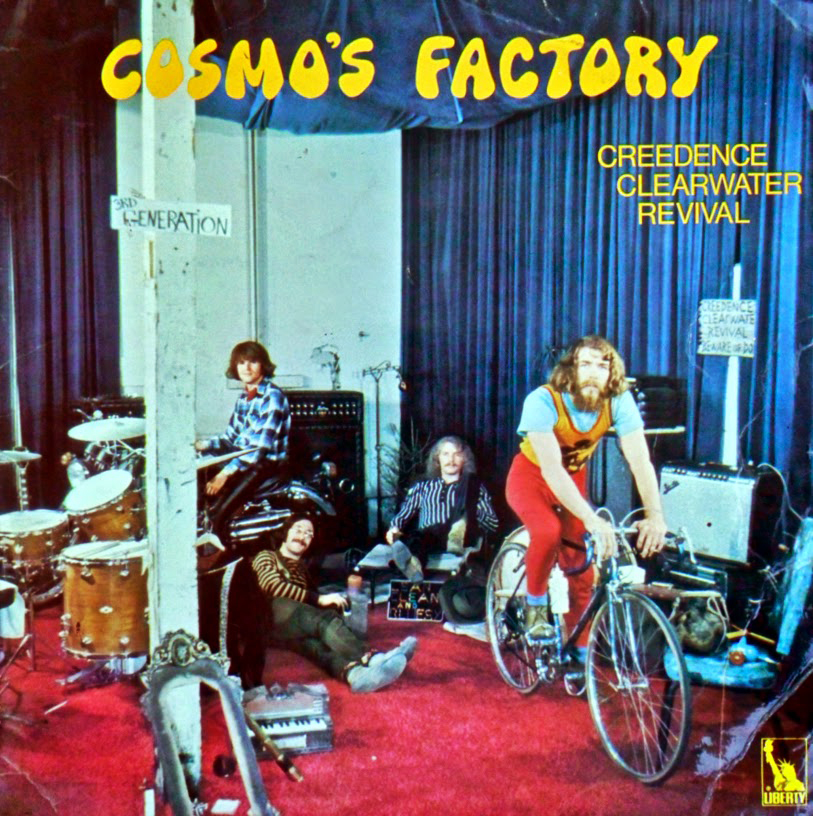
Mr. Answer Man Please Tell Us: What is a Dead Zone & How are they Caused?
Dead zones are low-oxygen, or hypoxic, areas in the world’s oceans and lakes. Because most organisms need oxygen to live, few organisms can survive in hypoxic conditions. That is why these areas are called dead zones.
Dead zones occur because of a process called eutrophication, which happens when a body of water gets too many nutrients, such as phosphorus and nitrogen. At normal levels, these nutrients feed the growth of an organism called cyanobacteria, or blue-green algae. With too many nutrients, however, cyanobacteria grows out of control, which can be harmful. Human activities are the main cause of these excess nutrients being washed into the ocean. For this reason, dead zones are often located near inhabited coastlines.
Understanding the eutrophication process provides the clearest picture of how and why dead zones develop.

Causes of Eutrophication
Eutrophic events have increased because of the rapid rise in intensive agricultural practices, industrial activities, and population growth. These three processes emit large amounts of nitrogen and phosphorous. These nutrients enter our air, soil, and water. Human activities have emitted nearly twice as much nitrogen and three times as much phosphorus as natural emissions.
Different regions of the world emit different levels of these nutrients. In developed countries, such as the United States and nations in the European Union, heavy use of animal manure and commercial fertilizers in agriculture are the main contributors to eutrophication. Runoff from large agricultural fields enters creeks and bays because of rain or irrigation practices.
In developing countries of Latin America, Asia, and Africa, untreated wastewater from sewage and industry mainly contribute to eutrophication. Factories and sewage facilities are less regulated than they are in developed countries, and sometimes wastewater is simply dumped into creeks, rivers, lakes, or the ocean.
Atmospheric sources of nitrogen also contribute to eutrophication in some areas of the world. Fossil fuels and fertilizers release nitrogen into the atmosphere. This atmospheric nitrogen is then redeposited on land and water through the water cycle—rain and snow.
The Chesapeake Bay, on the East Coast of the United States, has one of the first dead zones ever identified, in the 1970s. The Chesapeake’s high levels of nitrogen are caused by two factors: urbanization and agriculture. The western part of the bay is full of factories and urban centers that emit nitrogen into the air. Atmospheric nitrogen accounts for about a third of the nitrogen that enters the bay. The eastern part of the bay is a center of poultry farming, which produces large amounts of manure.
Since 1967, the Chesapeake Bay Foundation has led a number of programs that aim to improve the bay’s water quality and curb pollution runoff. The Chesapeake still has a dead zone, whose size varies with the season and weather.

Eutrophication and the Environment
The eutrophication process has severe environmental impacts. Dead zones result from these impacts, which include algal blooms and hypoxia.
Algal Blooms
Phosphorous, nitrogen, and other nutrients increase the productivity or fertility of marine ecosystems. Organisms such as phytoplankton, algae, and seaweeds will grow quickly and excessively on the water’s surface. This rapid development of algae and phytoplankton is called an algal bloom. Algal blooms can create dead zones beneath them.
Algal blooms prevent light from penetrating the water’s surface. They also prevent oxygen from being absorbed by organisms beneath them. Sunlight is necessary for plants and organisms like phytoplankton and algae, which manufacture their own nutrients from sunlight, water, and carbon dioxide. Oxygen is necessary for almost all aquatic life, from sea grasses to fish.
By depriving organisms of sunlight and oxygen, algal blooms negatively impact a variety of species that live below the water’s surface. The number and diversity of benthic, or bottom-dwelling, species are especially reduced.
Because algae dominates the aquatic ecosystem, algal blooms are sometimes referred to as “red tides” or “brown tides”, depending on the color of the algae. Red tides actually have nothing to do with tides. They also have nothing to do with algae. The organism that causes red tides is a bacteria, called cyanobacteria.
Algal blooms also cause larger-scale problems, such as human illness. Shellfish, such as oysters, are filter feeders. As they filter water, they absorb microbes associated with algal blooms. Many of these microbes are toxic to people. People may become sick or even die from shellfish poisoning.
Algal blooms can also lead to the death of marine mammals and shore birds that rely on the marine ecosystem for food. Wading birds, such as herons, and mammals, such as sea lions, depend on fish for survival. With fewer fish beneath algal blooms, these animals lose an important food source.
Algal blooms can also impact aquaculture, or the farming of marine life. One red tide event wiped out 90 percent of the entire stock of Hong Kong’s fish farms in 1998, resulting in an estimated economic loss of $40 million.
Algal blooms usually die soon after they appear. The ecosystem simply cannot support the huge number of cyanobacteria. The organisms compete with one another for the remaining oxygen and nutrients.

Hypoxia
Hypoxia occurs when algae and other organisms die from lack of oxygen and available nutrients. Hypoxia events often follow algal blooms. The cyanobacteria, algae, and phytoplankton sink to the seafloor, and are decomposed by bacteria. Even though oxygen can now flow freely through the aquatic ecosystem, the decomposition process uses up almost all of it. This lack of oxygen creates dead zones in which most aquatic species cannot survive.
The Gulf of Mexico has a seasonal hypoxic zone that forms every year in late summer. Its size varies from fewer than 5,000 square kilometers (1,931 square miles) to approximately 22,000 square kilometers (8,494 square miles, or the size of Massachusetts). Concern over its increasing size led to the formation of the Mississippi River/Gulf of Mexico Watershed Nutrient Task Force in 1997. Its mission is to reduce the five-year running average of the Gulf of Mexico dead zone to less than 5,000 square kilometers.
The Baltic Sea is home to seven of the world’s 10 largest marine dead zones. Increased runoff from agricultural fertilizers and sewage has sped up the eutrophication process. Overfishing of Baltic cod has intensified the problem. Cod eat sprats, a small, herring-like species that eat microscopic zooplankton, which in turn eat algae. Fewer cod and more sprats mean more algae and less oxygen. The spreading dead zones are starting to reach the cod’s deep-water breeding grounds, further endangering the species.
The Baltic Sea has become the first “macro-region” targeted by the European Union to combat pollution, dead zones, overfishing, and regional disputes. The EU is coordinating the Baltic Sea Strategy with eight EU member countries that border the Baltic Sea: Denmark, Estonia, Finland, Germany, Latvia, Lithuania, Poland, and Sweden.
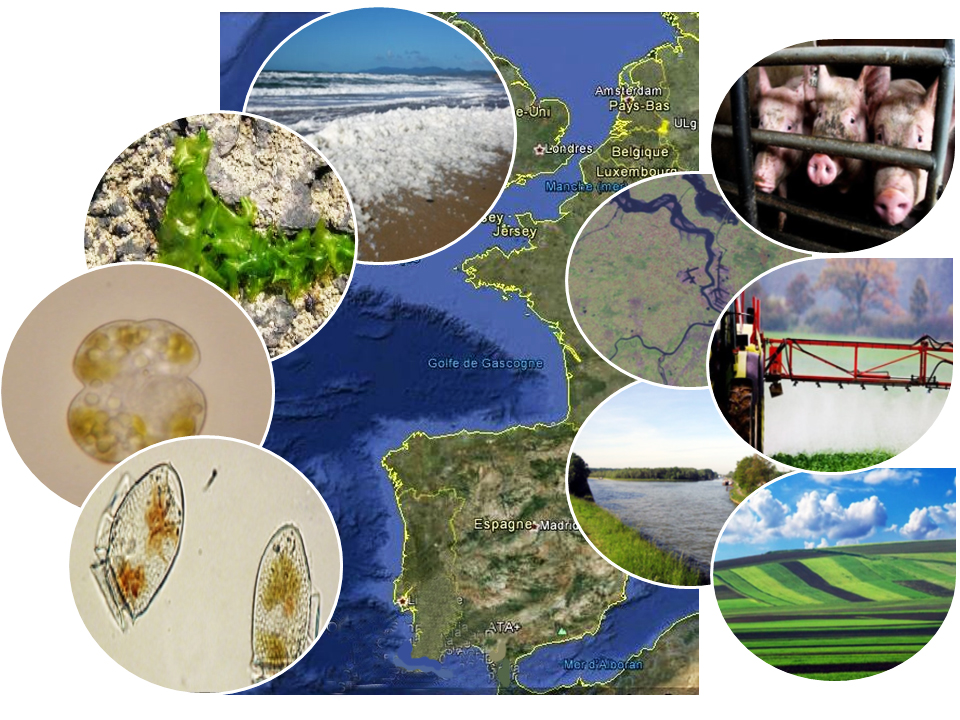
Categorizing Eutrophic Systems
Scientists have identified 415 dead zones worldwide. Hypoxic areas have increased dramatically during the past 50 years, from about 10 documented cases in 1960 to at least 169 in 2007. The majority of the world’s dead zones are located along the eastern coast of the United States, and the coastlines of the Baltic States, Japan, and the Korean Peninsula.
As a result of the dramatic increase in dead zones, scientists have categorized coastal systems experiencing any symptoms of eutrophication.
An area of concern is a coastal system that exhibits effects of eutrophication, such as elevated nutrient levels, harmful algal blooms, and negative changes in the benthic community. Areas of concern are at the most risk of developing hypoxia. Major concentrations of areas of concern are located along the western coast of Central and South America, and the coastlines of Great Britain and Australia. There are 233 areas of concern around the world.
A system in recovery is one that once exhibited low oxygen levels and hypoxia, but is now improving. For example, the Black Sea once experienced annual hypoxic events, but is now in a state of recovery. Others, like Boston Harbor in the United States and the Mersey Estuary in the United Kingdom, also have improved water quality. These are the results of better industrial and wastewater controls. There are only 13 coastal systems in recovery around the world.
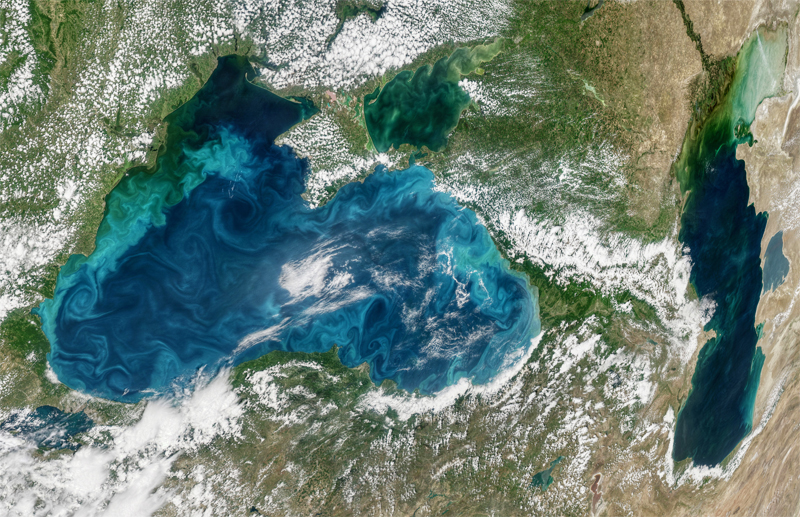
Natural Dead Zones
Not all dead zones are caused by pollution. The largest dead zone in the world, the lower portion of the Black Sea, occurs naturally. Oxygenated water is only found in the upper portion of the sea, where the Black Sea's waters mix with the Mediterranean Sea that flows through the shallow Bosporus strait.
Modest Fish
• National Geographic.org
• Nature.org
• National Oceanic and Atmospheric Administration (NOAA).gov
• Quara
• Scientific American
• Wikipedia
• What is a Dead Zone & How are they Caused? (YouTube Search) 

NAVSPEAK aka U.S. Navy Slang
Boopdiddley: All-purpose, virtually meaningless expression, used as an exclamation i.e. “Boopdiddley!” or “Aw, Boop!” (1974).
Boot Camp: Term used to refer to the eight week basic training course held at Recruit Training Command, Great Lakes, Illinois. Can also refer to a green or inexperienced sailor, officer or enlisted person, e.g. “Boot ensign”.
Boot Chief: Nickname given to a Chief during their first year as a Chief. Only used Chief to Chief.
Booter (usually derisive): Any sailor who has very little time in, or a lot less time than the speaker.
Boot Topping: Black paint used to paint the water line on ships.
Booty Cigar: A bowel movement, particularly a very long one.
B.O.S.N.I.A.: Big Ol' Standard Navy-Issue Ass (from the apparent widening of the hips due in part to the cut of the working uniforms).
Bosun's Punch: New sailors on ship are sometimes assigned to find this mythical tool in the office of one of the ship's Bosuns (Boatswain). The sailor is then typically punched very hard in the shoulder by the Bosun in question.
Bottom blow:
1. To open valves in the mud drum to allow boiler pressure to force accumulated sludge out of the boiler.
2. To take a shit.
Bounce Pattern: When several aircraft are practicing touch and go landings at the same airfield.
Boxing your coffee: Using two paper cups and pouring back and forth to mix creamer and/or sugar.
Box kicker: Supply clerk.
Box of Rocks: Derogatory term for more than one sailor that has performed their work in an unsatisfactory manner.

Where Did That Saying Come From?

“Green-eyed monster:” Meaning: Jealousy.
History: Green is a colour associated with sickness, possibly because people's skin sometimes takes on a slightly yellow/green tinge when they are seriously ill. Green is also the colour of many unripe foods that cause stomach pains.
The phrase 'green-eyed jealousy' was used by, and possibly coined by, Shakespeare to denote jealousy, in The Merchant of Venice, 1596:
“Portia:
“How all the other passions fleet to air,
As doubtful thoughts, and rash-embraced despair,
And shuddering fear, and green-eyed jealousy! O love,
Be moderate; allay thy ecstasy,
In measure rein thy joy; scant this excess.
I feel too much thy blessing: make it less,
For fear I surfeit.”
We also use the expression 'green with envy' although this 19th phrase is just a variant of 'green-eyed monstar'.
In Othello, 1604, Shakespeare refers explicitly to the 'green-eyed monster' as jealousy:
“Iago:
O, beware, my lord, of jealousy;
It is the green-eyed monster which doth mock
The meat it feeds on; that cuckold lives in bliss
Who, certain of his fate, loves not his wronger;
But, O, what damned minutes tells he o'er
Who dotes, yet doubts, suspects, yet strongly loves!”
Phrases.org UK



